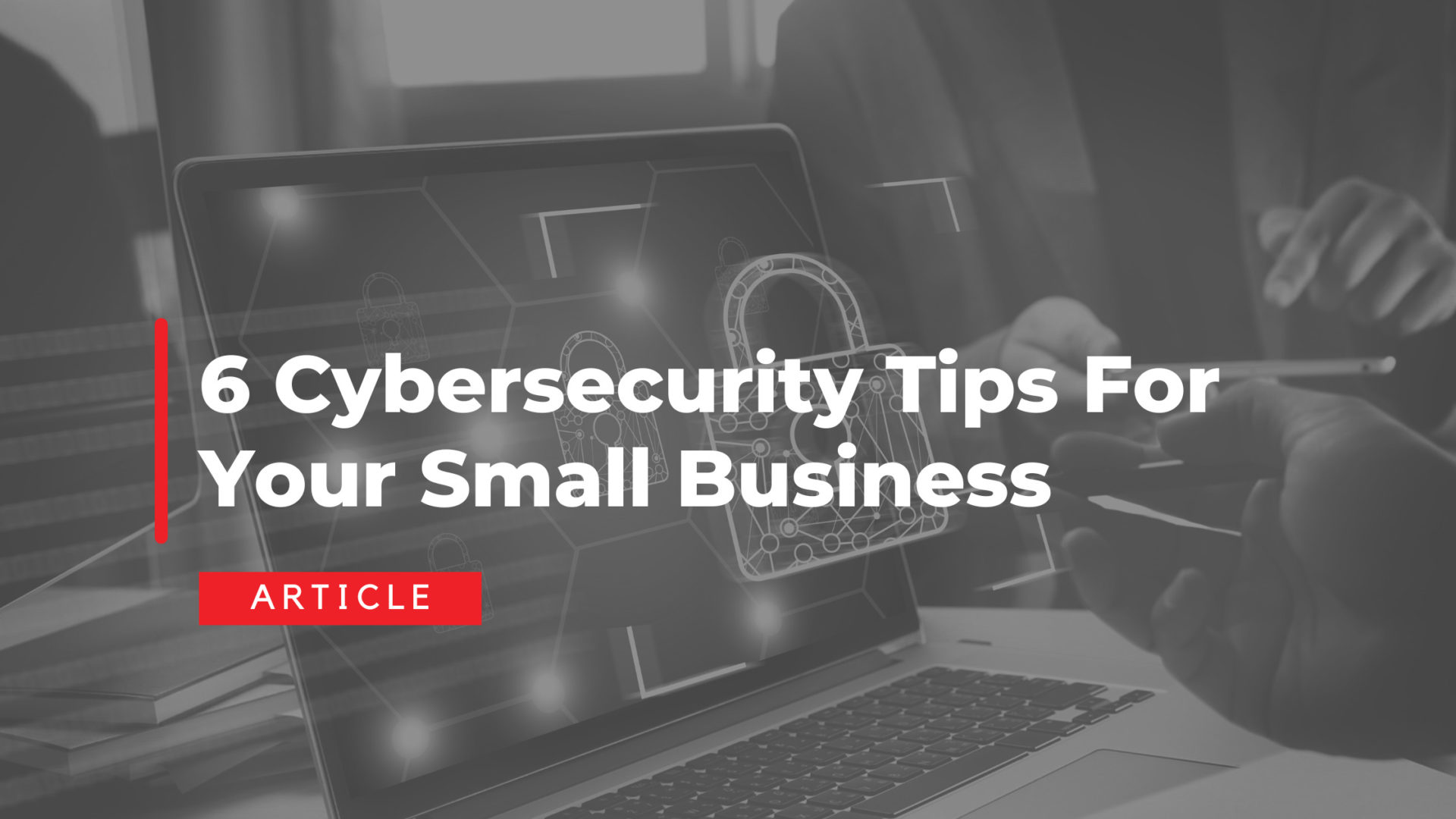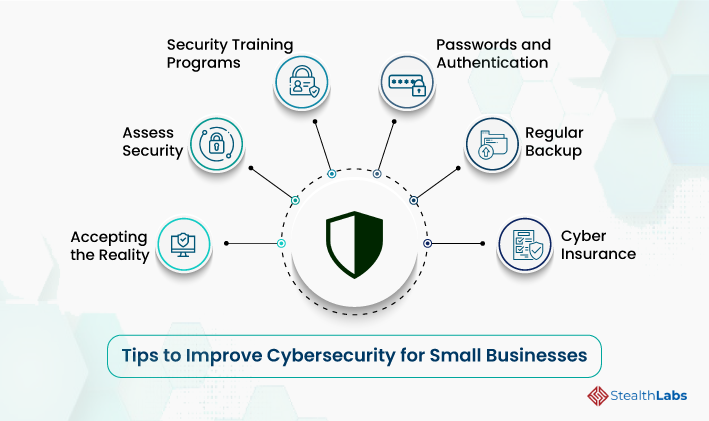Essential Guide To Improving Cybersecurity For Small Businesses

In today’s digital age, cybersecurity isn’t just a tech issue; it's a business imperative, especially for small businesses. Cyber threats continue to rise, targeting smaller firms that often lack robust defenses. This article will explore effective strategies for improving cybersecurity for small businesses, helping you safeguard your sensitive data and maintain customer trust.
.jpeg)

Understanding Common Cybersecurity Threats
Why Small Businesses Are Targeted
Small businesses are prime targets for cybercriminals because they typically have fewer resources to protect themselves. According to a report from Verizon, nearly 43% of cyber attacks target small businesses. This vulnerability stems from limited budgets and a lack of awareness about cybersecurity risks.

Types of Cyber Attacks
Small businesses face various cyber threats, including:
- Phishing: Fraudulent emails that trick employees into revealing sensitive information.
- Ransomware: Malware that encrypts files, demanding payment for decryption.
- Data Breaches: Unauthorized access to confidential information.
Statistics on Cyber Attacks
To underscore the urgency, a 2023 Cybersecurity Ventures report predicts that cybercrime will cost businesses $10.5 trillion annually by 2025. These statistics highlight why improving cybersecurity for small businesses is crucial.

Best Practices for Improving Cybersecurity
Actionable Steps for Enhancing Cyber Hygiene
Implementing cybersecurity best practices can significantly reduce risks. Consider these steps:
- Use strong, unique passwords for all accounts.
- Regularly update software and systems to patch vulnerabilities.
- Back up data frequently and store it securely.
Cybersecurity Best Practices Checklist
- [ ] Use multi-factor authentication.
- [ ] Educate employees about phishing.
- [ ] Conduct regular security audits.
Essential Tools and Resources
Recommended Software and Services
Investing in the right small business cybersecurity tools can make a big difference. Essential tools include:
- Antivirus Software: Protects against malware and viruses.
- Firewalls: Monitors incoming and outgoing network traffic.
- VPNs: Secures internet connections, especially for remote work.
Cybersecurity Tools Checklist
- [ ] Antivirus software (e.g., Norton, McAfee)
- [ ] Firewalls (e.g., Cisco, Fortinet)
- [ ] VPN services (e.g., NordVPN, ExpressVPN)
Training and Awareness for Employees
Developing a Security Culture
Employees are often the first line of defense against cyber threats. Thus, fostering a security-aware culture is vital. Regular training sessions can help employees recognize and respond to threats effectively.
Employee Training Resources
Consider these resources for employee training on cybersecurity:
- Online Courses: Platforms like Coursera offer cybersecurity courses.
- Workshops: Local organizations often provide cybersecurity training.
Creating a Cybersecurity Plan
Components of an Effective Cybersecurity Plan
Developing a comprehensive cybersecurity plan is essential for small businesses. Key components include:
- Identifying critical assets that need protection.
- Establishing protocols for incident response.
- Regularly reviewing and updating the plan.
Cybersecurity Plan Template
- Executive Summary: Overview of cybersecurity goals.
- Risk Assessment: Identify potential threats and vulnerabilities.
- Incident Response Plan: Outline steps for responding to breaches.
Conclusion
Improving cybersecurity for small businesses is not just a technical challenge; it's a vital business strategy. By understanding common threats, implementing best practices, utilizing essential tools, training employees, and creating a solid cybersecurity plan, you can significantly enhance your defenses. Don’t wait for a breach to take action. Start today to protect your business and retain customer trust.
For more resources and tailored solutions, consider consulting with cybersecurity professionals who specialize in small business needs.